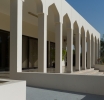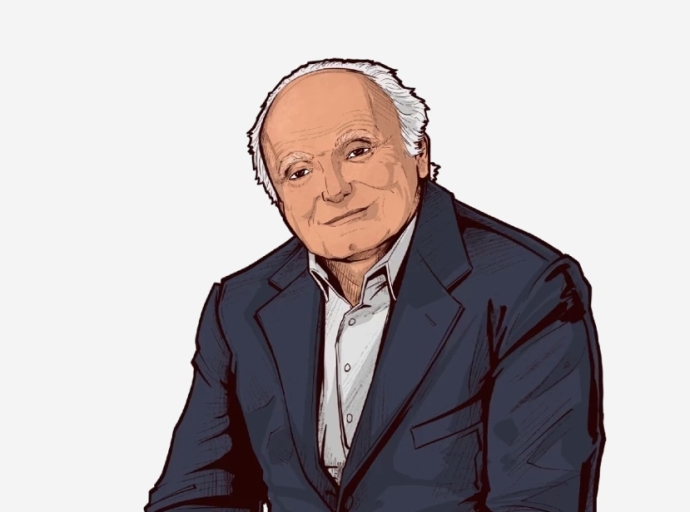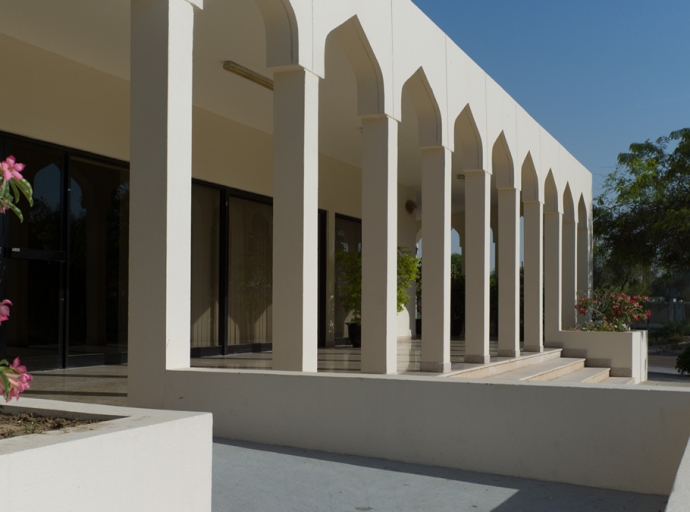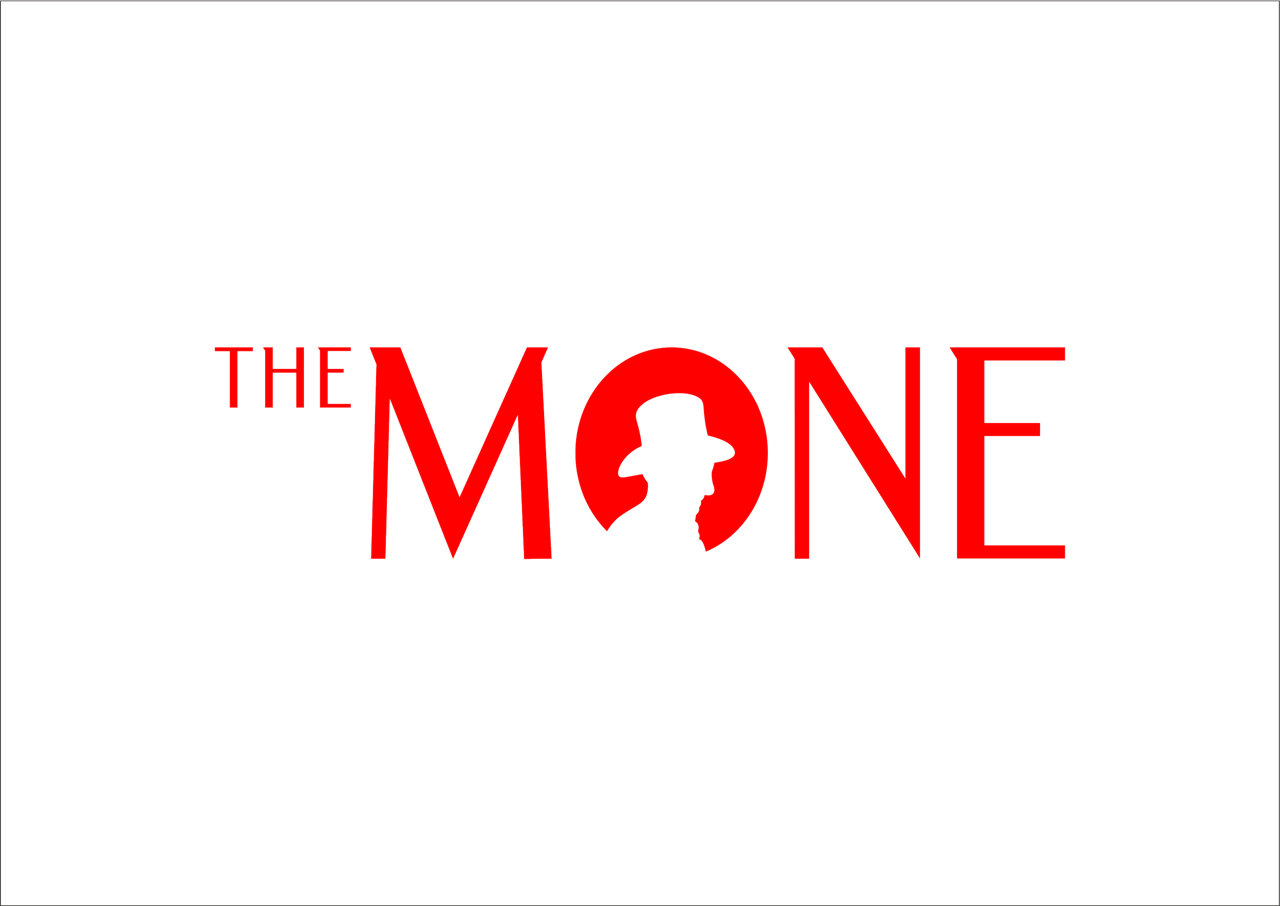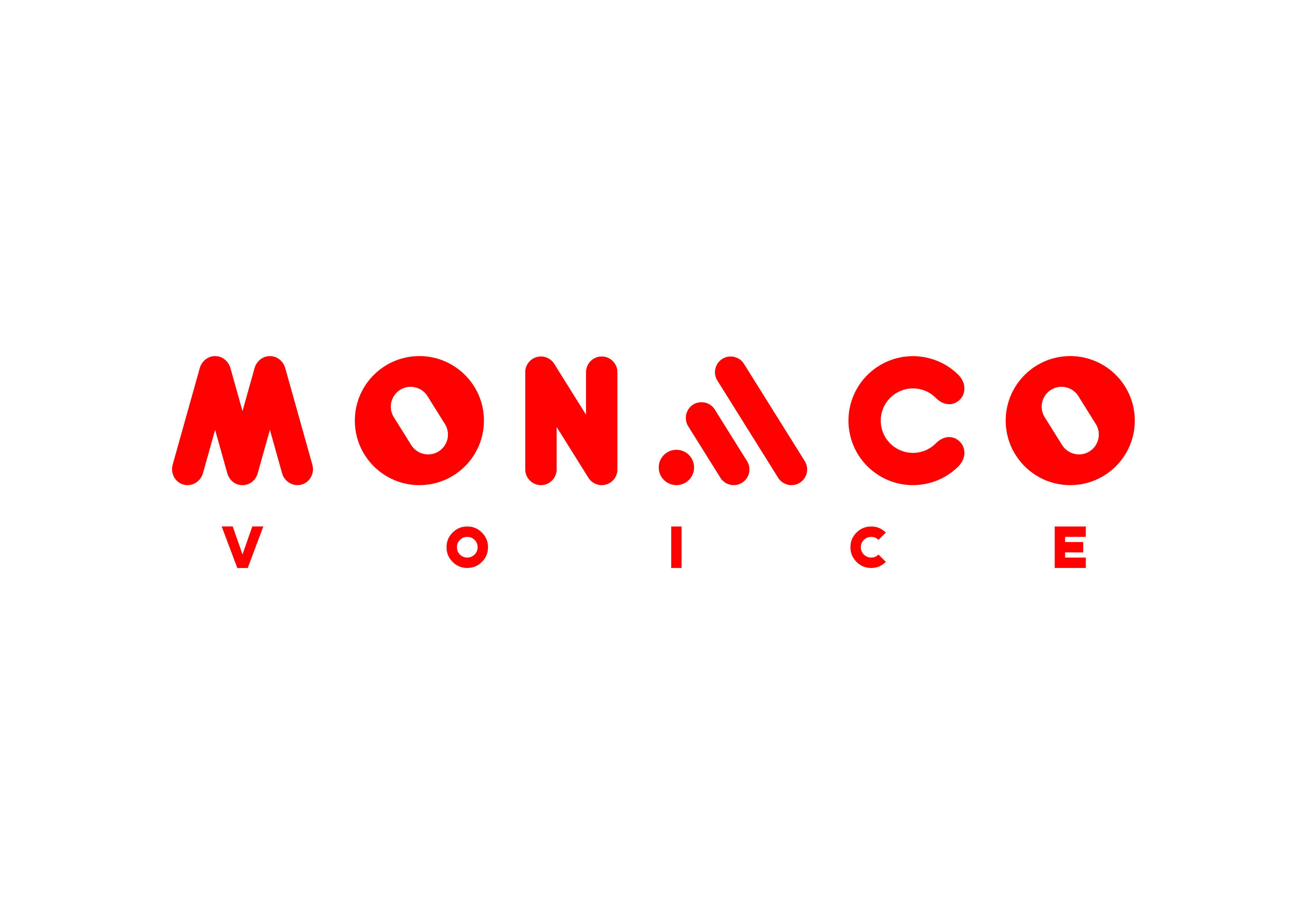David Nahmad is one of the most influential figures in the international art world and among the largest collectors of Picasso works globally. A recent article in The Monegasque™ magazine by Karolina Blasiak offers a rare, in-depth look at his philosophy, legacy, and enduring impact on global culture.
IN THE RADIANT HEART OF MONACO’S cultural capital, David Nahmad stands as a beacon of art and humanity, his boundless passion for masterpieces weaving a tapestry of cultural unity that transcends borders. Born in 1947 in Beirut, Lebanon, to a Jewish family Nahmad’s journey from Lebanon to Italy to Monaco is defined by an insatiable love for art and a profound commitment to sharing it with the world.
Honored with France’s prestigious insignia of Knight of the Order of Arts and Letters (Chevalier de l'ordre des Arts et des Lettres) for his contributions to arts and culture, Nahmad is more than a collector—he is a global ambassador of elegance, fostering peace and understanding through the universal language of art. A titan of the art world, he and his family oversee a vast collection of valuable artworks, including an unrivaled 300 (and counting) Picassos, worth billions, solidifying his status as a preeminent marchand d’art and collector.
Much like Gustave Fayet, the early 20th-century French artist and collector dubbed the “Sovereign Eye” for his discerning taste in avant-garde art, Nahmad possesses an extraordinary ability to identify and acquire masterpieces that define cultural epochs. Both men, driven by a profound passion for art, have shaped the market through their visionary acquisitions—Fayet with his early support for Gauguin and Redon, and Nahmad with his strategic mastery of impressionist and modern treasures, from Monet to Rothko and Calder. Their shared legacy lies in their sharp, almost prophetic instincts, curating collections that not only reflect their times but also redefine the value of art itself.
Called “the man with a thousand paintings,” Nahmad’s collection, including iconic Picassos, Monets, and Kandinskys, represents a lifelong devotion to preserving humanity’s creative legacy. The most recent exhibition, “From Monet to Picasso”, ran through June 2025 at the Musée des Impressionnismes Giverny and showcased 57 of his finest treasures: Eugène Delacroix’s Juive de Tanger en costume d’apparat, 1835, luminous Monets, timeless Henri de Toulouse-Lautrec, symbolic par l’excellence Gustave Moreau, vibrant Renoirs, evocative Degas, and Italian masters like Boldini and Zandomeneghi. This exhibition was but one chapter in Nahmad’s tireless mission to bring art to the world, with his masterpieces gracing museums from Tokyo to Nice, and from the Louvre to the Metropolitan, as well as Monaco’s own Grimaldi Forum.
“It’s better if the works can travel,” says David Nahmad, ensuring that art’s transformative power reaches all corners of the globe.
His passion was ignited in the 1960s by his visionary brother Giuseppe (known as “Joe”), who welcomed artists like DeChirico, Fontana, and Giacometti into their Milan home. By 1967, David, who abandoned his civil engineering studies, and his brother Ezra began dealing in art, driven not by profit but by an irrepressible love for beauty.
“We bought paintings when nobody wanted to buy—out of passion,” Nahmad recalls, recounting early purchases of Picassos and Kandinskys for mere thousands. His philosophy, “buy and hold,” reflects a collector’s heart, tempered by a duty to protect art for future generations. Even today, his energy remains relentless, scouring auctions for new treasures—and recently acquiring spectacular Dubuffets, Picassos, and a Fontana, to valorize and share with the world.
Beyond art, Nahmad’s life is a tapestry of cultural richness. A former World Backgammon Champion, he sees parallels between the game’s calculated risks and the art world’s unpredictability. Fluent in Arabic, he cherishes the deep ties between Jews and Arabs, deeply rooted in his family’s heritage in Aleppo and Beirut. “Jews and Arabs are cousins,” he reflects, recalling how Muslim neighbors protected Syrian Jews during times of peril.
"Art is a science; those who haven’t understood this shouldn’t collect. Before even starting a collection, you must buy art books and try to understand. Because without understanding, you cannot love. To love someone, you have to understand them, don’t you?" David Nahmad
His father, a banker, and his cousin, Edmond Safra, built fortunes on trust—a value Nahmad carries into his dealings with titans like Kahnweiler, Beyeler, and Berggruen.
Through his global exhibitions, and worldwide loans to museums Nahmad subtly fosters dialogue, uniting diverse cultures under the shared awe of a Monet or a Picasso. His collection, including masterpieces like The Women of Algiers (on loan to the Louvre and the Invalides Museum) becomes a quiet force for understanding, inviting nations to connect through art’s universal language.
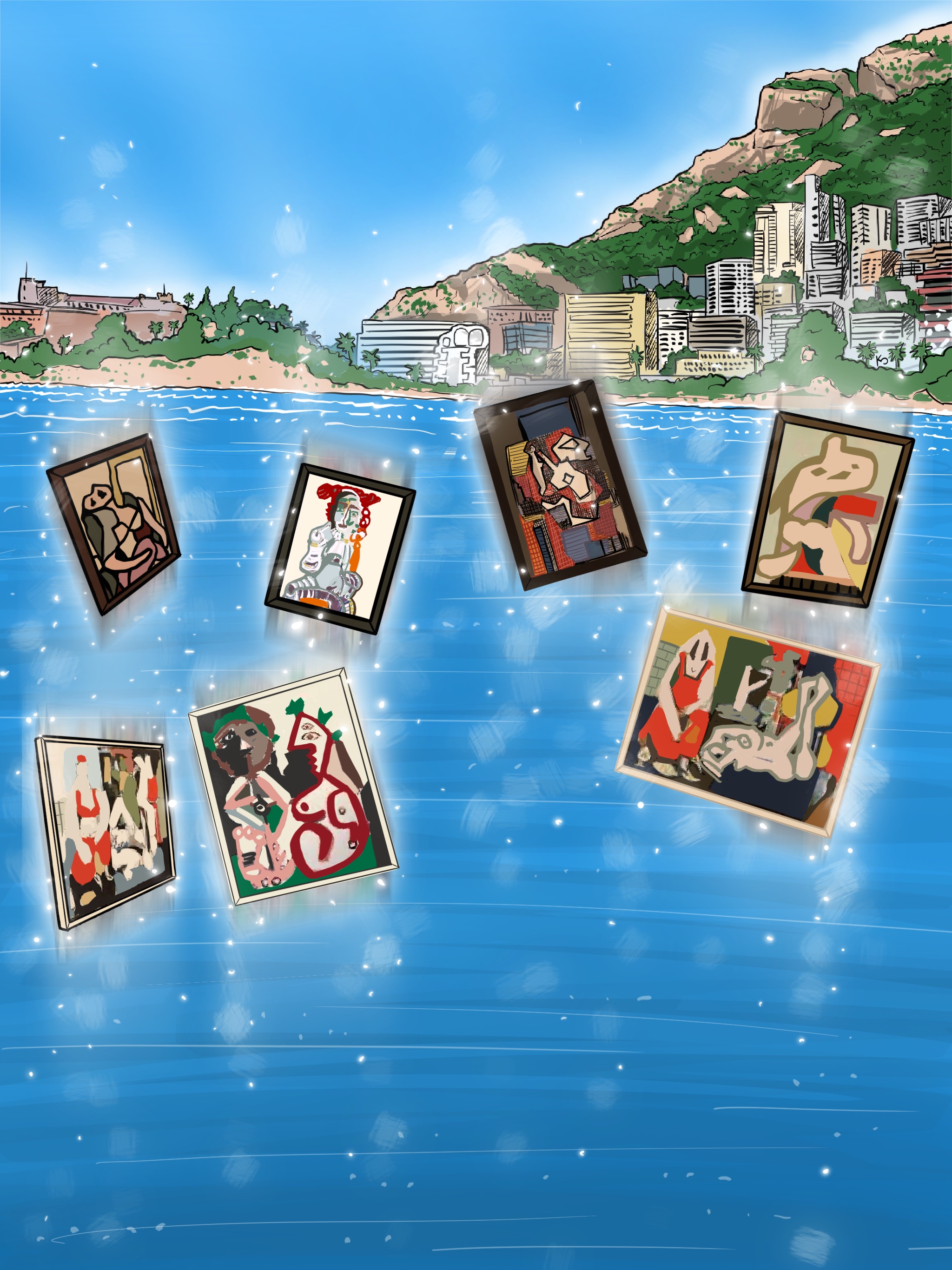
This philanthropy is no mere gesture but a profound obligation. Nahmad’s loans his art collection to museums worldwide—Tokyo, Potsdam, Nice, and recently a red Fontana Concetto spaziale to the inauguration of Rosso at Piazza Mignanelli 23 (PM23), the new venue hosting cultural initiatives supported by the Fondazione Valentino Garavani & Giancarlo Giammetti in Rome and beyond—are acts of generosity, ensuring that masterpieces inspire and educate.
“To sell a work of art is first and foremost to protect it,” he says, a credo that underscores his role as a guardian of culture. His Monaco home, facing the sea, adorned with only a few paintings, reflects his humility; he shuns ostentation, preferring to let art speak for itself in the world’s great institutions.
While the reconnaissance of the Chevalier des Arts et des Lettres celebrates Nahmad’s extraordinary contributions, his true reward lies in the countless lives touched by his vision. From mentoring young collectors to “educate themselves” to championing art’s enduring value, he plants seeds for future generations. In a world often divided, Nahmad’s tireless pursuit of beauty—through art, trust, and shared humanity—offers a path to unity.
What does he take away from it all, now aged 78, the last living member of a sibling trio that left its mark on the art world in recent decades? “I didn’t work; I had fun,” he says with a smile, recalling his encounters with great gallerists and artists like Dalí, De Chirico, Miró, or Calder: “The most beautiful part of my life.”
Another lesson learned by the man who cites Magritte’s The Legend of the Centuries as the first painting that struck him: “The pretty is the enemy of the beautiful, and art has nothing to do with the pretty,” (“Le joli est l'ennemi du beau, et l'art n'a rien à voir avec le joli”)—Fernand Léger.
As The Monegasque™ honors this Monaco icon, we celebrate a man whose passion not only preserves the past but lights the way to a more connected, compassionate future.


